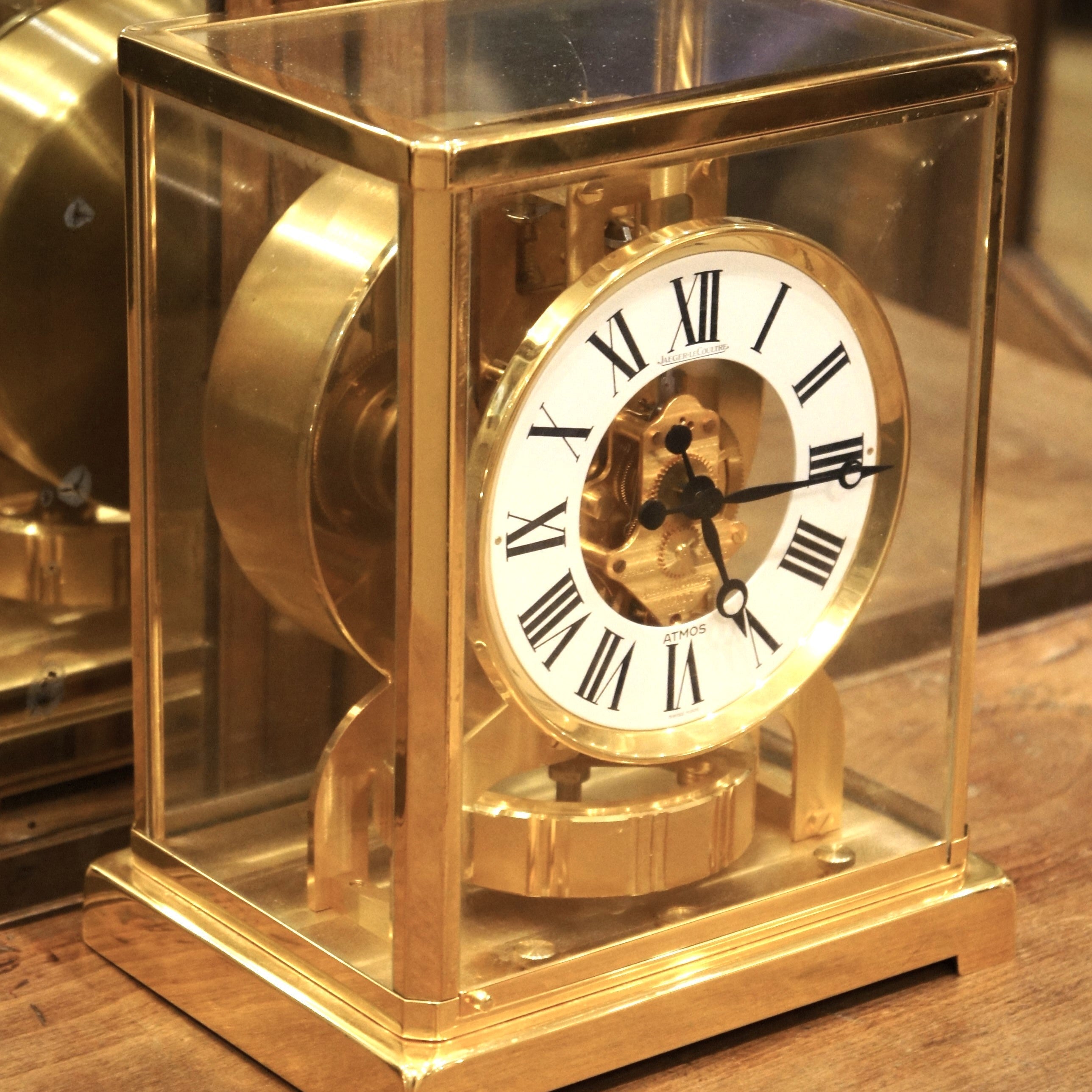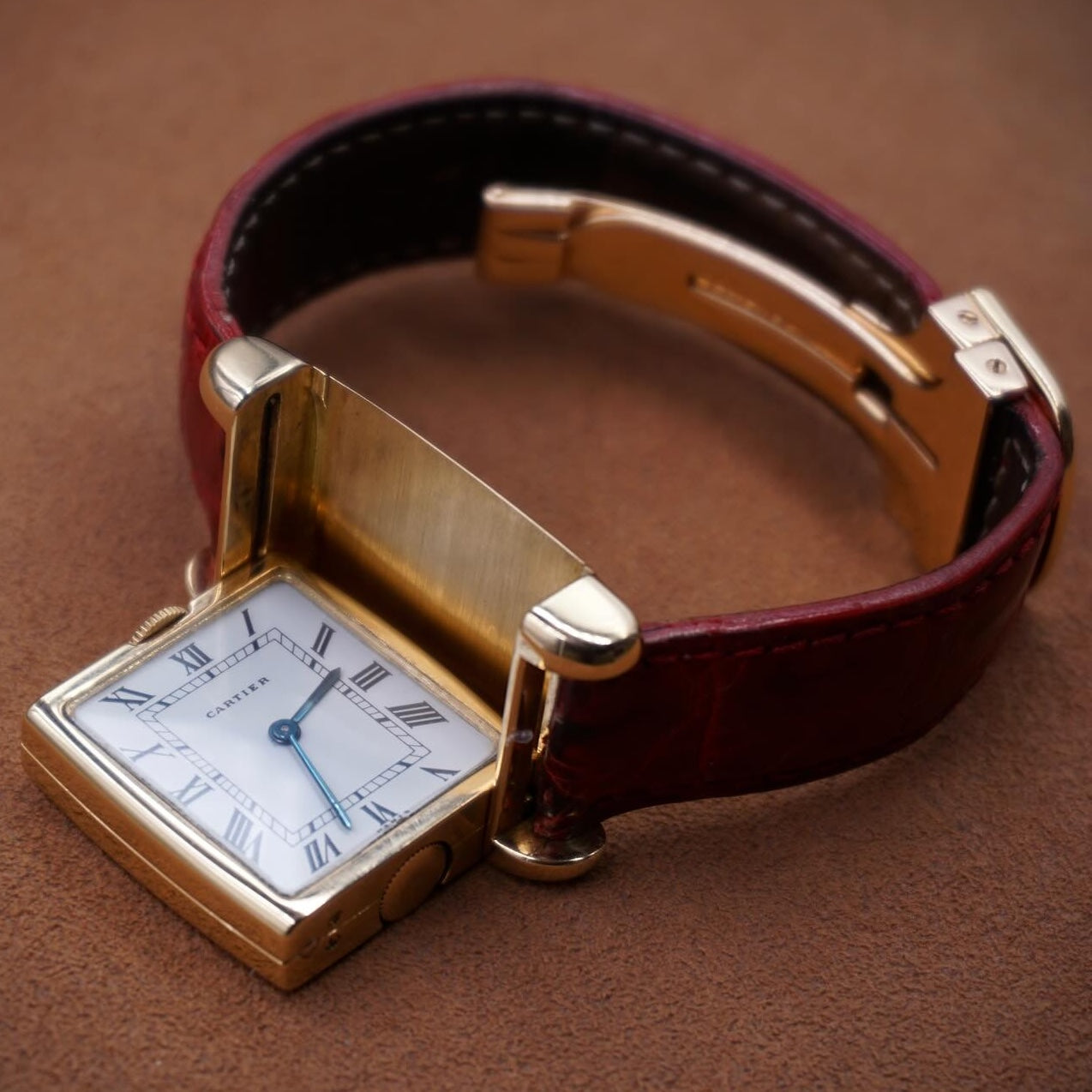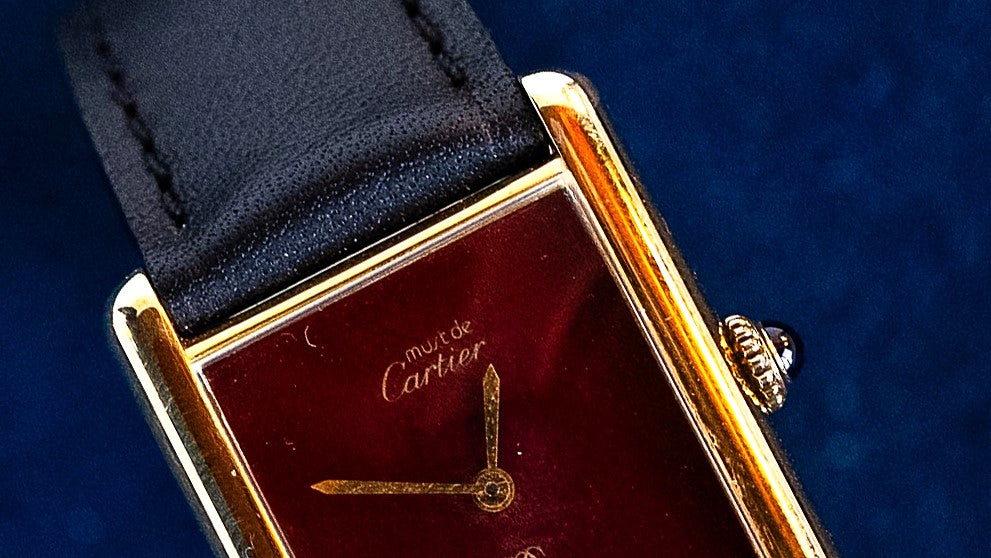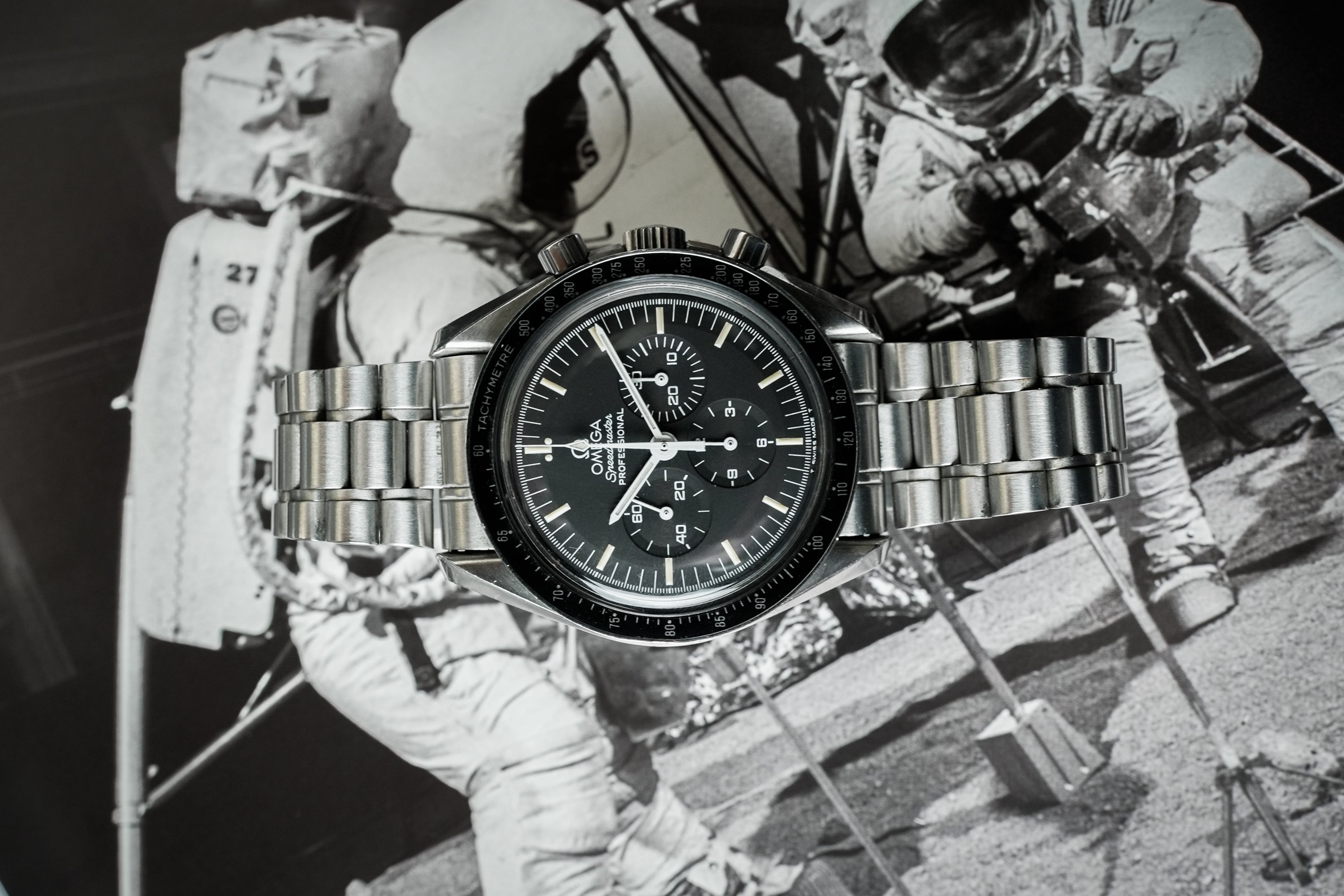
Jaeger-LeCoultre: The Watchmaker’s Watchmaker
Few names resonate more deeply in the world of haute horlogerie than Jaeger-LeCoultre. Revered by collectors, respected by competitors, and cherished by purists, Jaeger-LeCoultre—often affectionately dubbed “the watchmaker’s watchmaker”—has long stood as a silent force behind some of the greatest timepieces in history. At Contre-Temps Paris, our passion for vintage Jaeger-LeCoultre stems not only from the maison’s exceptional watchmaking pedigree but also from its pivotal role in shaping 20th-century horology.
A Legacy Rooted in Innovation
Founded in 1833 in the Vallée de Joux by Antoine LeCoultre, the brand quickly built a reputation for precision and technical mastery. LeCoultre’s invention of the Millionomètre in 1844—capable of measuring to the micron—marked the beginning of a long lineage of innovation. The official partnership between Jacques-David LeCoultre and Parisian watchmaker Edmond Jaeger in the early 20th century gave birth to the unified manufacture now known globally as Jaeger-LeCoultre (JLC).
Unique among its peers, Jaeger-LeCoultre has developed over 1,200 in-house calibres, many of which powered landmark watches by Patek Philippe, Vacheron Constantin, and Audemars Piguet. This remarkable manufacturing capacity set the foundation for many now-iconic models.
Icons of Vintage Jaeger-LeCoultre
Reverso (1931)
A true Art Deco icon, the Reverso was designed in response to British polo players in India needing a watch that could survive impacts. Its ingenious swiveling case not only protected the dial but allowed for artistic personalization on the reverse. Early Reversos with enamel, engravings, or special dials are now among the most coveted vintage watches worldwide.
Étrier (1930s–1940s)
Lesser known but highly collectible, the Étrier was a creative response to the Art Deco fascination with form and function. Shaped like a stirrup (étrier in French), this model was notable for its distinctive case architecture and miniature elegance. The Étrier was part of a notable collaboration between Jaeger-LeCoultre and the French luxury house Hermès, which retailed the model in its Paris boutiques. This partnership merged Swiss horological precision with Parisian equestrian heritage, resulting in a design that was both technically refined and deeply rooted in French style. Often cased in precious metals and marked by refined proportions, Étrier watches represent a perfect synthesis of fashion and watchmaking, making them highly desirable to collectors of vintage dress watches.
Duoplan (1925)
A technical masterpiece aimed at reconciling elegance and accuracy, the Duoplan featured a revolutionary movement construction with two horizontal planes. This design allowed for a small case size without compromising chronometric performance. The Duoplan not only laid the groundwork for future ultra-small movements but also introduced shock resistance and modular construction at a time when few brands dared innovate so radically.
Calibre 101 (1929)
A direct descendant of the Duoplan concept, the Calibre 101 remains to this day the smallest mechanical movement ever made. Weighing just around 1 gram and measuring 14mm × 4.8mm, it was a triumph of micromechanical engineering. Designed primarily for ultra-fine women’s jewelry watches, the Calibre 101 allowed for elegant designs without compromising mechanical integrity.
One of the most famous moments in its history came in 1953, when Queen Elizabeth II chose to wear a Jaeger-LeCoultre watch powered by the Calibre 101 for her coronation. The timepiece, discreetly integrated into a diamond bracelet, offered both functionality and regal elegance—demonstrating the calibre’s unique ability to merge haute joaillerie with true horological substance. Today, vintage watches housing the Calibre 101 remain exceedingly rare and are celebrated as masterpieces of both engineering and design.
Memovox (1950s–1970s)
The Memovox, with its mechanical alarm complication, brought sound into the world of complications. Its dual-crown architecture and reliable bumper-automatic calibres (such as the K815 and later the K916) offered both utility and refinement. The Memovox Polaris (1968) combined alarm functionality with dive-watch design, making it one of the most collectible vintage sports watches today.
Futurematic (1950s)
One of the most technically ambitious watches of its time, the Futurematic had no conventional crown on the side—winding and time-setting were done via a disc on the back. It also introduced a unique “stop-seconds” system, a power reserve indicator, and anti-magnetic properties. With its cutting-edge calibre 497, it was aimed squarely at forward-thinking clientele in the post-war era.
Geophysic (1958) and Geomatic (1960’s)
Developed for scientists and explorers during the International Geophysical Year of 1958, the original Geophysic was a tool watch designed with precision, robustness, and anti-magnetic protection in mind. Powered by the calibre P478/BWSbr, it featured hacking seconds and shock protection, all encased in a clean, mid-century design that prioritized legibility and reliability. Though made in relatively limited numbers, the Geophysic has become a collector’s favorite for its technical pedigree and understated aesthetics.
It is important to distinguish the Geophysic from the later Geomatic—a separate model introduced in the 1960s. The Geomatic was a more refined, chronometer-certified watch equipped with the calibre K881G, and often featured a date complication. With its COSC certification and more elaborate finishing, the Geomatic is considered a high-precision evolution of the same tool-watch spirit, but it was marketed more as a civilian chronometer than an expedition-grade instrument. Both models are now prized, but for different reasons: the Geophysic for its rugged scientific heritage, and the Geomatic for its certified precision and elegant post-war design.
The Atmos Clock: Time Suspended in Air
A marvel outside the realm of wristwatches, the Atmos clock. Among Jaeger-LeCoultre’s most extraordinary innovations stands the Atmos clock, a near-perpetual timekeeper powered not by winding or electricity, but by the ambient fluctuations of temperature. Originally invented by engineer Jean-Léon Reutter in 1928, the Atmos was a revolutionary concept: a sealed capsule of gas expands and contracts with the slightest thermal variation, winding the clock automatically. Jaeger-LeCoultre acquired Reutter’s patent in 1935 and perfected the mechanism, transforming a delicate experiment into a functional, reliable masterpiece of engineering.
The Atmos represents perhaps the purest expression of perpetual timekeeping ever achieved in mechanical form. Its silent motion and visible mechanics have made it a favorite of designers, scientists, and even heads of state. Vintage Atmos clocks, especially early models and special editions, are increasingly prized as both engineering feats and objets d’art.
Why Collect Vintage Jaeger-LeCoultre?
Few brands offer such an incredible diversity of vintage models—from tool watches to haute joaillerie, from avant-garde design to technical supremacy. Jaeger-LeCoultre’s unique position as both movement maker and complete watch manufacturer means every timepiece tells a story of internal mastery—an interplay between engineering precision and artistic vision.
Jaeger-LeCoultre is a brand defined not just by heritage, but by its unrelenting pursuit of innovation. From the Reverso’s flip case to the Atmos’s barometric-powered motion, from the Calibre 101’s record-setting miniature movement to the Duoplan’s pioneering dual-level architecture, the Maison has consistently redefined what is possible in horology.
For the collector seeking depth, authenticity, and lasting value, vintage Jaeger-LeCoultre offers not just watches—but windows into the very evolution of mechanical timekeeping. It remains, without question, the watchmaker’s watchmaker.




